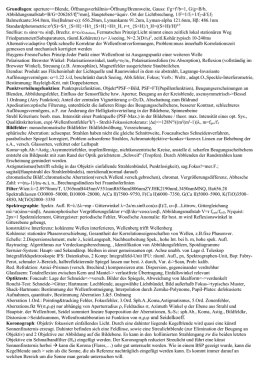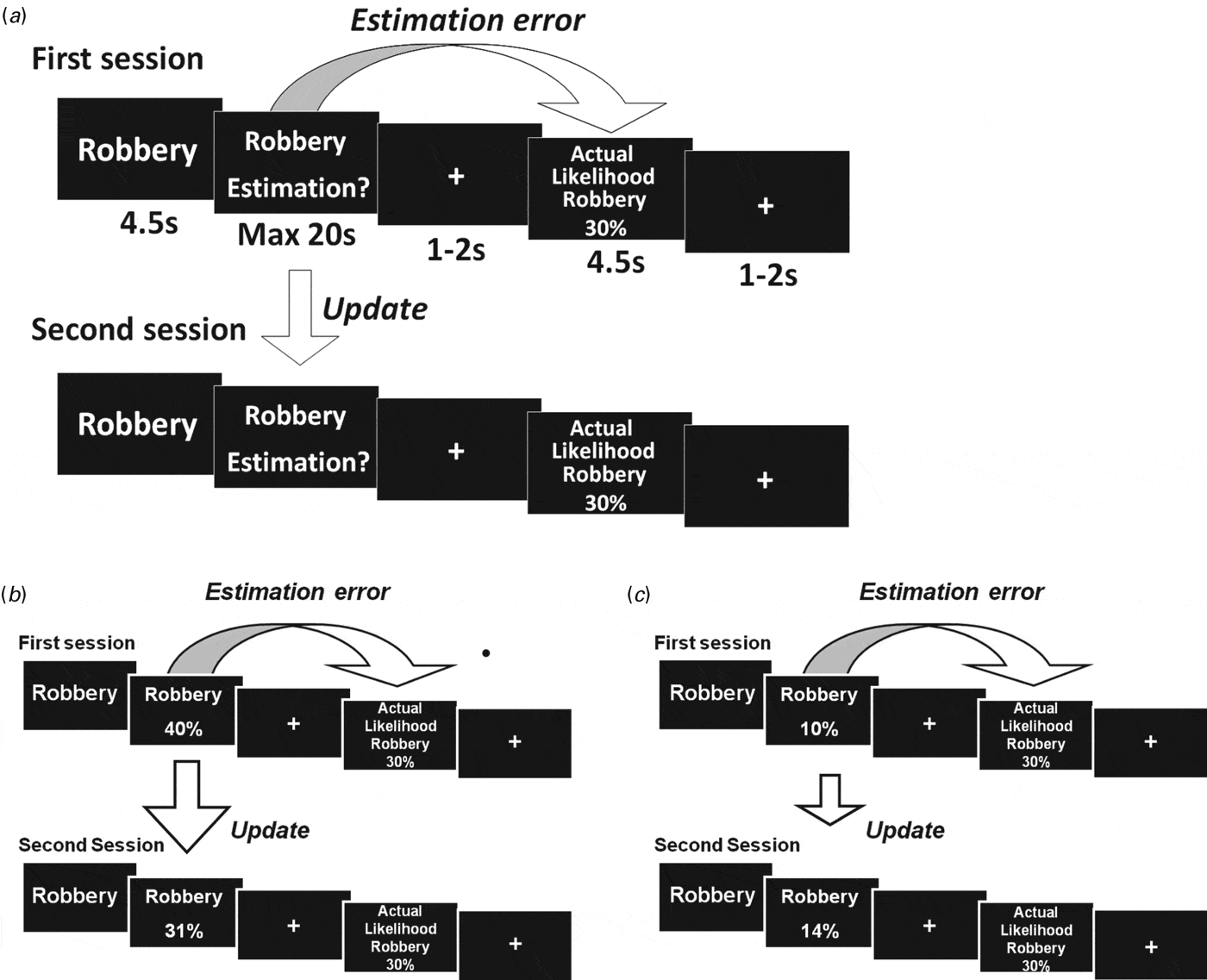


the belief that the problem is infrequent.

the belief that if the problem has not yet appeared, it will not appear in the future andĤ.

the belief that the problem is preventable by individual action ģ. lack of personal experience with the problem Ģ. Weinstein (1987) described four cognitive factors that contribute to unrealistic optimism:ġ. Clearly, this would not be true of everyone, so Weinstein called this phenomenon unrealistic optimism. He gave participants a list of health problems to examine and then asked: ‘Compared to other people of your age and sex, are your chances of getting greater than, about the same as, or less than theirs?’ Most participants believed that they were less likely to experience the health problem. The top 12 companies and the amount each spent on advertising in billions of dollars are as follows:Ĭompany Advertising ($ billions) Company Advertising ($ billions) Procter & Gamble $ 5.00 American Express $ 2.19 Comcast 3.08 General Motors 2.15 AT&T 2.91 Toyota 2.09 Ford 2.56 Fiat Chrysler 1.97 Verizon 2.44 Walt Disney Company 1.96 L’Oreal 2.34 J.P. Morgan 1.88 \begin & 1.88Ĭompany Procter & Gamble Comcast AT&T Ford Verizon L’Oreal Advertising ($ billions) $5.00 3.08 2.91 2.56 2.44 2.34 Company American Express General Motors Toyota Fiat Chrysler Walt Disney Company J.P. Morgan Advertising ($ billions) $2.19 2.15 2.09 1.97 1.96 1.88 ī.Weinstein (1983, 1984) suggested that one of the reasons we continue to practice unhealthy behaviours is our inaccurate perceptions of risk and susceptibility. In second place was Comcast, which spent $ 3.08 \$ 3.08 $3.08 billion (Business Insider website). In 2014, Procter & Gamble spent more than any other company, a whopping $ 5 \$ 5 $5 billion. Which companies spend the most money on advertising?īusiness Insider maintains a list of the top-spending companies.


 0 kommentar(er)
0 kommentar(er)
